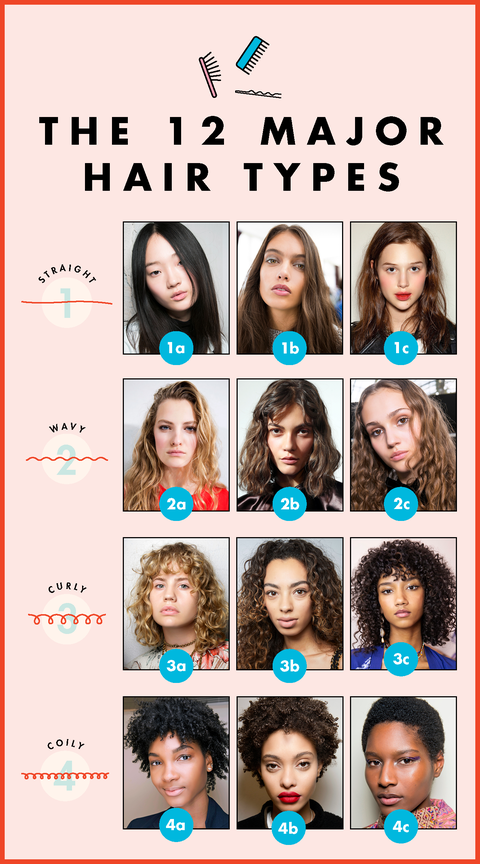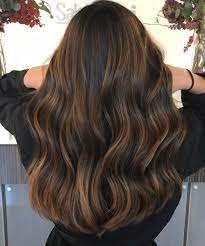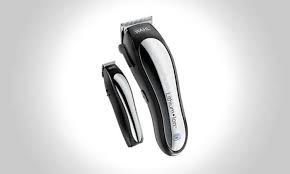
Knowledge is power when it comes to healthy locks – so here we will discuss different hair types and products designed to help achieve desired looks.
Straight hair (or Type 1)
Straight hair types are among the most prevalent. From pin straight, 1A locks with no sign of curl, to thicker and coarser 1C hair with some bends, most people fall under this category. Straight locks tend to become oilier more quickly due to a lack of natural barriers which protect from oils reaching their scalp, so regular washing with lightweight products should help to keep it looking its best. Straight hair texture is easy to style and looks fantastic when given some texture with a side part or braid, adding some dimension and character. A slight wave in your locks adds flexibility and playfulness – there are also various hairstyles you can try on straight locks to give them more personality!
Wavy Hair
Wavy hair tends to form an S shape when dry and makes for an ideal compromise between straight and curly styles. Wavy locks may become frizz-prone over time but typically don’t produce as much oil than type 1 locks. While each style possesses its own natural S-wave pattern, all three share an easy-to-style loose tousled texture that’s simple to manage. With the appropriate styling products, wavy hair can look full, hydrated and bouncy. But product build-up can weigh down the locks quickly, leading to dry roots. Detanglers and leave-in conditioners are key tools in combatting this problem.
Curly Hair
Curly hair types range from loose beach waves to tightly coiling spiral curls. Curls tend to be thicker than straight or wavy styles and more likely to experience dryness, tangles, and frizz than their straight counterparts. Finding your curly hair type can be tricky; there are three distinct subcategories to consider. 2A hair has soft, lax coils that softly transition into waves as it nears its ends, while 2B locks have defined s-shaped waves and tend to be drier than their 3A counterparts. 3A hair has loose, voluminous curls with defined and bouncy coils – it is the easiest type to maintain. 3B hair typically features springy ringlets that are tighter and less bouncy than 2B. 3C curls resemble corkscrew-shaped coils; this texture tends to be the driest type. To care for 3C hair properly, invest in lightweight leave-in conditioner and volumizing foams before experimenting with different curl patterns to find one that best fits you.
Coily Hair
No matter your hair type – straight, wavy, curly, or coily – understanding yours is an integral step towards taking proper care in maintaining it and creating beautiful locks. Knowing your type can help you select suitable products and styling techniques for healthy locks that appear vibrant. Hair experts often break different types of hair into four main categories and several subcategories. For instance, two people with curly or kinky locks could share similar textures; one might have type 4a hair while the other might have type 4b locks. Coily hair is characterized by tight, zigzag curls. As one of the more fragile curly textures, coily can shrink more rapidly than other curly textures and requires thicker natural emollients like shea butter and glycerin to stay moisturized. When sleeping, it’s also important to protect coils by wearing loose satin scrunchies or sleeping on silk pillowcases to protect their coils from wear-and-tear damage.

